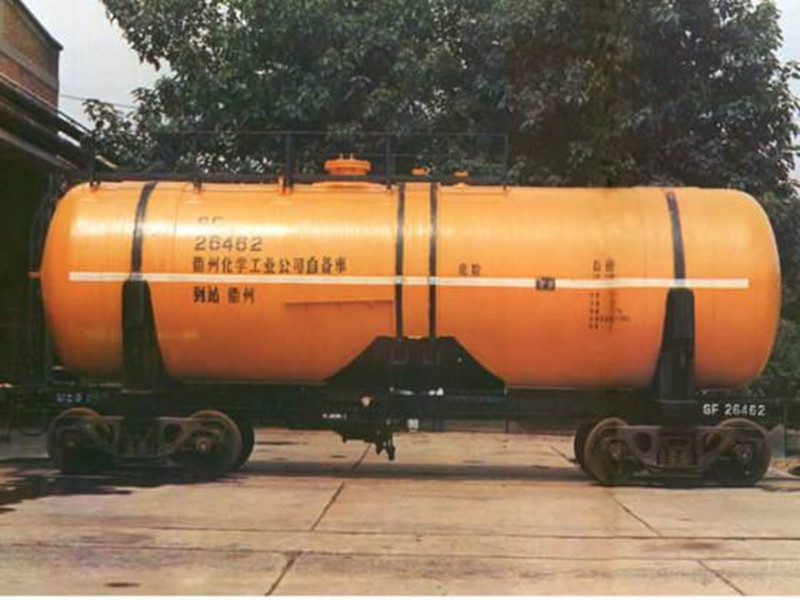
-
 Afrikaans
Afrikaans -
 Albanian
Albanian -
 Amharic
Amharic -
 Arabic
Arabic -
 Armenian
Armenian -
 Azerbaijani
Azerbaijani -
 Basque
Basque -
 Belarusian
Belarusian -
 Bengali
Bengali -
 Bosnian
Bosnian -
 Bulgarian
Bulgarian -
 Catalan
Catalan -
 Cebuano
Cebuano -
 China
China -
 China (Taiwan)
China (Taiwan) -
 Corsican
Corsican -
 Croatian
Croatian -
 Czech
Czech -
 Danish
Danish -
 Dutch
Dutch -
 English
English -
 Esperanto
Esperanto -
 Estonian
Estonian -
 Finnish
Finnish -
 French
French -
 Frisian
Frisian -
 Galician
Galician -
 Georgian
Georgian -
 German
German -
 Greek
Greek -
 Gujarati
Gujarati -
 Haitian Creole
Haitian Creole -
 hausa
hausa -
 hawaiian
hawaiian -
 Hebrew
Hebrew -
 Hindi
Hindi -
 Miao
Miao -
 Hungarian
Hungarian -
 Icelandic
Icelandic -
 igbo
igbo -
 Indonesian
Indonesian -
 irish
irish -
 Italian
Italian -
 Japanese
Japanese -
 Javanese
Javanese -
 Kannada
Kannada -
 kazakh
kazakh -
 Khmer
Khmer -
 Rwandese
Rwandese -
 Korean
Korean -
 Kurdish
Kurdish -
 Kyrgyz
Kyrgyz -
 Lao
Lao -
 Latin
Latin -
 Latvian
Latvian -
 Lithuanian
Lithuanian -
 Luxembourgish
Luxembourgish -
 Macedonian
Macedonian -
 Malgashi
Malgashi -
 Malay
Malay -
 Malayalam
Malayalam -
 Maltese
Maltese -
 Maori
Maori -
 Marathi
Marathi -
 Mongolian
Mongolian -
 Myanmar
Myanmar -
 Nepali
Nepali -
 Norwegian
Norwegian -
 Norwegian
Norwegian -
 Occitan
Occitan -
 Pashto
Pashto -
 Persian
Persian -
 Polish
Polish -
 Portuguese
Portuguese -
 Punjabi
Punjabi -
 Romanian
Romanian -
 Russian
Russian -
 Samoan
Samoan -
 Scottish Gaelic
Scottish Gaelic -
 Serbian
Serbian -
 Sesotho
Sesotho -
 Shona
Shona -
 Sindhi
Sindhi -
 Sinhala
Sinhala -
 Slovak
Slovak -
 Slovenian
Slovenian -
 Somali
Somali -
 Spanish
Spanish -
 Sundanese
Sundanese -
 Swahili
Swahili -
 Swedish
Swedish -
 Tagalog
Tagalog -
 Tajik
Tajik -
 Tamil
Tamil -
 Tatar
Tatar -
 Telugu
Telugu -
 Thai
Thai -
 Turkish
Turkish -
 Turkmen
Turkmen -
 Ukrainian
Ukrainian -
 Urdu
Urdu -
 Uighur
Uighur -
 Uzbek
Uzbek -
 Vietnamese
Vietnamese -
 Welsh
Welsh -
 Bantu
Bantu -
 Yiddish
Yiddish -
 Yoruba
Yoruba -
 Zulu
Zulu
Understanding FRP Pipes and Fittings for Effective Application and Installation
Understanding FRP Pipes and Fittings A Comprehensive Overview
Fiber Reinforced Plastic (FRP) pipes and fittings have emerged as a pivotal solution in various industries, due to their unique properties and advantages. Comprising a polymer matrix reinforced with fibers, typically glass or carbon, FRP materials offer exceptional strength-to-weight ratios and corrosion resistance. This article explores the key features, benefits, and applications of FRP pipes and fittings.
Understanding FRP Pipes and Fittings A Comprehensive Overview
Another noteworthy feature of FRP pipes is their lightweight nature. Compared to metal alternatives, FRP is significantly lighter, which simplifies handling, transportation, and installation. This ease of management contributes to lower labor costs and quicker installation times, making FRP an economically advantageous option for construction and engineering projects.
frp pipes and fittings

In addition to their strength and durability, FRP pipes and fittings exhibit excellent thermal insulation properties. This aspect is crucial in maintaining fluid temperature and minimizing heat loss, which is particularly relevant in applications involving hot water transportation or cooling systems. The thermal efficiency of FRP systems can lead to energy savings and improved operational performance.
FRP fittings, including elbows, tees, and flanges, are equally vital in ensuring seamless connections within piping systems. These fittings are manufactured to exact specifications and can be tailored to meet specific project requirements, ensuring compatibility with existing infrastructure. The ability to customize FRP fittings allows for versatility in design, accommodating complex layouts without compromising performance.
Sustainability is another significant benefit of FRP materials. They can be produced using recycled materials and have an extended service life, which translates to reduced waste and lower environmental impact. As industries increasingly prioritize sustainable practices, the adoption of FRP pipes and fittings is aligned with green initiatives.
In conclusion, FRP pipes and fittings represent a modern, efficient, and sustainable alternative to traditional piping solutions. Their corrosion resistance, lightweight properties, thermal insulation, customizable fittings, and environmental benefits make them an attractive choice for various applications. As industries continue to evolve and embrace innovative materials, the demand for FRP systems is likely to grow, paving the way for a more efficient and sustainable future. Whether in chemical processing, wastewater management, or construction, FRP technology plays a vital role in enhancing performance and safety in fluid transportation systems.









